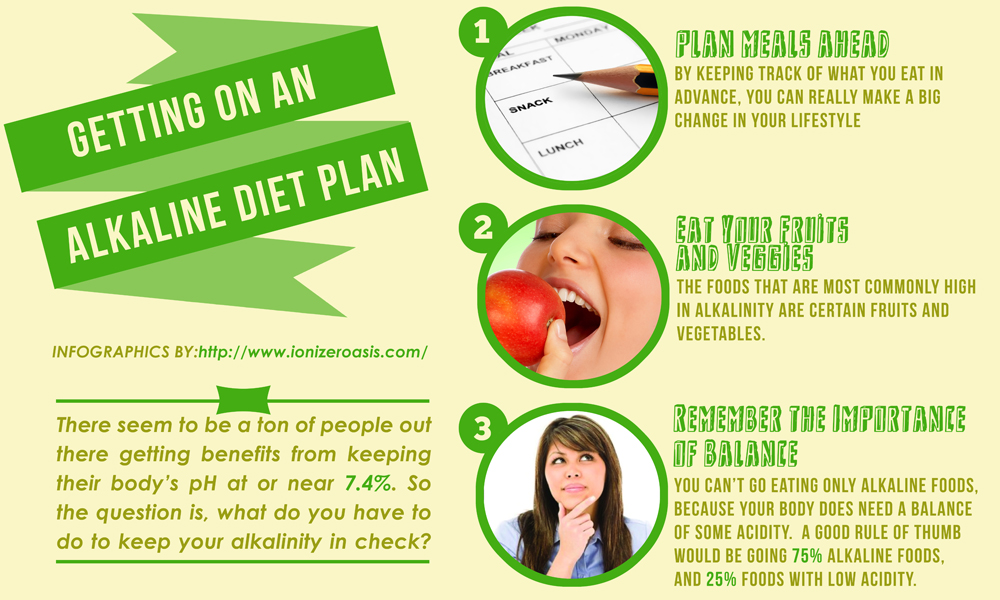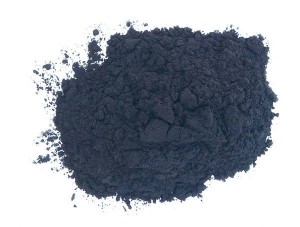 |
| Tapeworm - courtesy: foxnews.com |
Worm infestation is a serious worldwide health problem, but it is found much more frequently in the third world countries. The worms that infect humans are usually of three types: roundworms, tapeworms, and flukes. In the most parts of the world, roundworms or tapeworms are the most frequent, and these may range in length from less than an inch up to fifteen or twenty feet.
Types of worms
The most common worms in the roundworm family are: pinworms,
roundworms, hookworms, and whipworm.
Pinworms
Pinworms - are tiny parasitic worms that infect the large intestine of humans. Found mostly in children. At
night the female pinworms pass to the anal region and lay their eggs. This
causes severe itching, and the eggs can be transmitted to the mouth when the
hands become contaminated, either by scratching around the anal area or by
coming in contact with the pinworms eggs on contaminated bed clothes. More than
one member of the family may be contaminated. It is important that during
treatment, all underclothes and bed clothes be changed and sterilized daily.
Whipworm and roundworm
Whipworm and roundworm infection can be prevented by proper disposal of human
waste.
Hookworm
Hookworm disease is contracted by walking barefoot on contaminated soil.
Prevention of this disease depends on proper sanitary disposal of human feces
and wearing shoes.
Tapeworm
Tapeworm infestation is acquired by the ingestion of eggs or
larvae in uncooked meat. To prevent infection with tapeworm it is necessary
that all beef, pork, and fish be thoroughly cooked before eating.
How do I prevent a tapeworm infection?
Since most people get it from raw or undercooked meat, the best advice is to really be sure you’re fully cooking meat, the CDC says. If you’re cooking whole cuts of beef or pork, use a food thermometer to check that the temperature reaches at least 145° F (63° C) for whole cuts and 160° F for ground meat.Symptoms
Many persons infected with worms have few if any symptoms. With
a heavy infection of the worms, anemia or weakness may develop. Trichinosis,
which is acquired by eating improperly cooked pork, frequently causes muscle
pains; the worms may also lodge in the heart, brain, or eyes. Abdominal pain
and diarrhea may be present. Children are frequently restless during the night
with gritting of the teeth, a dry cough, and a slight fever. Occasionally worms
may cause convulsions.
Diagnosis
Occasionally, with heavy infections, the thin adult threadworms may be seen on the surface of freshly passed faeces. Sometimes the worms can be seen around the child’s anus, if examined with a torch at night time. However, the best method of diagnosis is by the ‘sticky tape test’. To do this, press some clear sticky tape onto the skin around the anus first thing in the morning, before wiping or bathing. Then place the tape onto a glass slide or put it in a specimen container, so that your doctor can have it examined with a microscope to see if any eggs have been picked up by the sticky tape.Treatment
The cause must be corrected, and this usually means the
correction of unhygienic living conditions and the proper cooking of all meat
and fish. It is easy to remove the worms from the body, but this does not
necessarily cure the disease. Do not eat food robbed of its life-giving
properties such as white flour products, cane sugar products, vegetables cooked
in lots of water and the water thrown away, peeled potatoes, candy, cakes, ice
cream, and meats of all kinds. Constipation, if present, must be overcome by
herbal laxatives or enemas.
Fast two or three days and eat raw pumpkin seeds generously.
You can eat as much as one pound a day. After doing these two or three days,
drink freely of fennel seed tea. Worms do not like these as it is sedative to
them, and they will pass from the body of the bowels are kept loose. Slippery
elm tea taken freely will remove worms from the body and it is also good for
the entire system. White oak bark tea used as an enema will remove pinworms.
Any of the following herbs are beneficial to those suffering
from any kind of worms: wild yam, tansy, bogbean, poplar bark, balmony, hyssop,
wormseed, American worm root, meadowsweet, white oak bark, golden seal,
bitterroot, fennel, and slippery elm. Use them singly or in any combination to
suit the need. Read their description and take according to direction given.
Prevention
- Exclusion of people with worms from childcare, preschool, school and work is usually not necessary. If there are loose bowel motions, exclusion should be for 24 hours after the diarrhoea has ceased.
- Make sure children wash their hands after using the toilet and before eating.
- Parents should seek medical treatment for infected children.
- Change bed linen and underwear daily for several days after treatment. Normal hot water washing of clothes and bed linen will kill threadworm eggs.
- Clean toilet seats and potties regularly.
- Keep children’s fingernails short.
Hand hygiene
Exclusion periods from childcare, preschool, school and work















